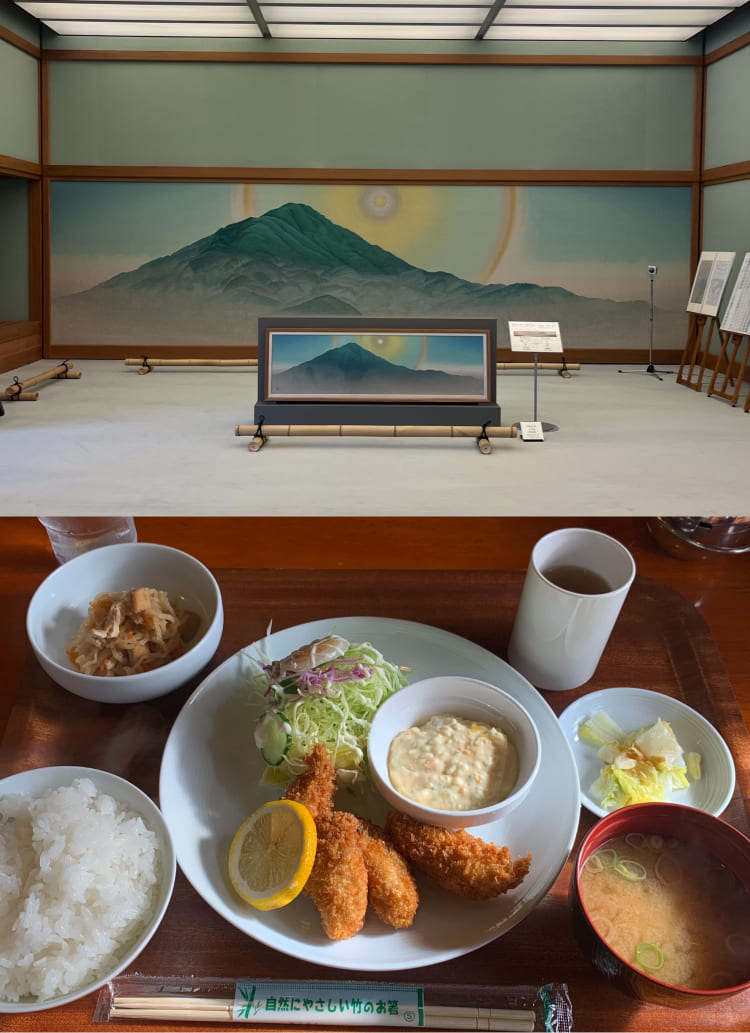In fact, we've been collecting Dartmouth stuff underwater."

'80s-'90s CHAMPION REVERSE WEAVE COLOR BODY
Fujiwara:The color body of "Champion," which was briefly mentioned earlier when discussing Mr. Konno's unusual "Harvard" collection, is one of the categories that we are paying attention to. As Mr. Kuri-kun mentioned, in the last few years, collegiate styles such as Harvard and Yale have passed their peak, but I am paying attention again to collegiate styles that belong to the Ivy League, especially those with an attractive color body that is different from the common heather gray.
Abe:Yes, it's nice, isn't it? I think there's a sense that the market is tired of reasonable grays.
Kurihara:Yes, that's right. In a sense, the unique fading and texture of the colored body is one of the interesting aspects of secondhand clothing.


Konno:You don't see a lot of reverse weaves, especially on this saxophone.
Fujiwara:That's right. And with flocky prints, which is rare for reverse weave.
Abe:Is it something that has already skyrocketed?
Kurihara:In recent months, more and more stores are charging more for colored bodies than for standard gray or stained prints.
Fujiwara:Yes, I agree. Personally, I am particularly interested in the Dartmouths of the Tricot tag era (printed tags before the transition to woven tags in the '90s). In fact, I have been collecting them under the radar.

Abe:Why Dartmouth?
Fujiwara:I guess it's the color. It is synonymous with green, and the print is simple. At one time, only the so-called "eye-less" (plain reverse weave without the Champion logo embroidery on the chest) was prized by vintage lovers, but the demand changed drastically when prints broke out so much later. However, the demand for printed items changed drastically after that, and the trend from standard to colored bodies was probably inevitable in a sense.

Abe:I see. So, you mean the time will soon come when there will be an array of Dartmouths on store shelves?
Fujiwara:You can count on it (laughs).


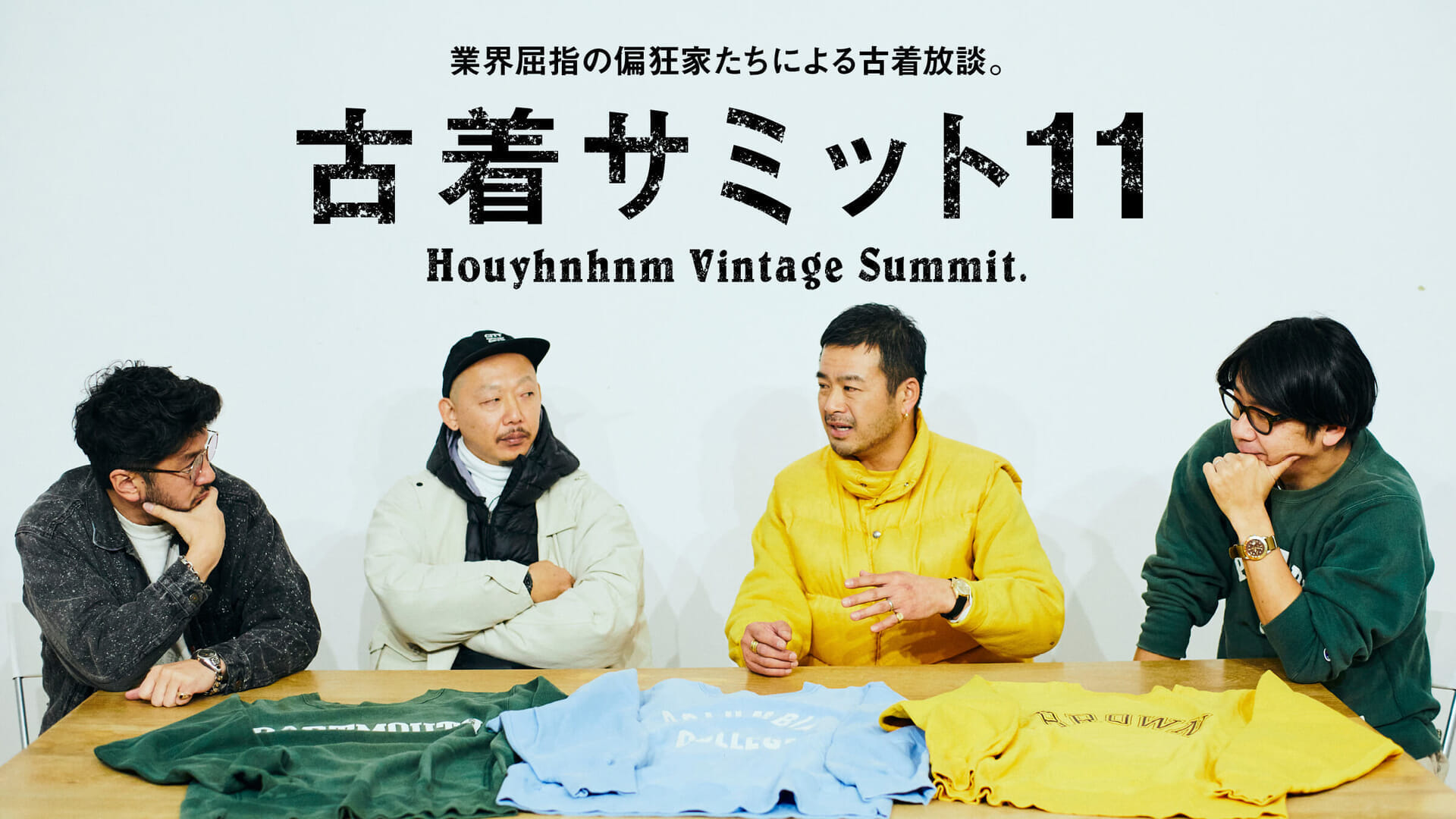

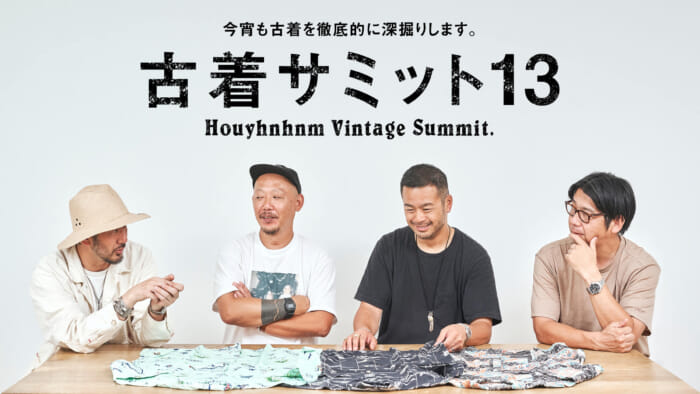
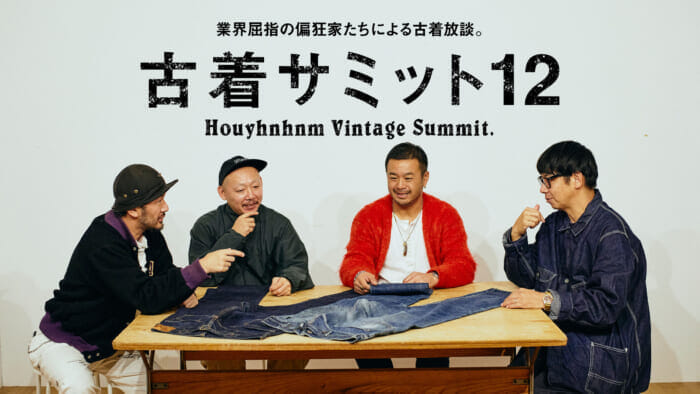
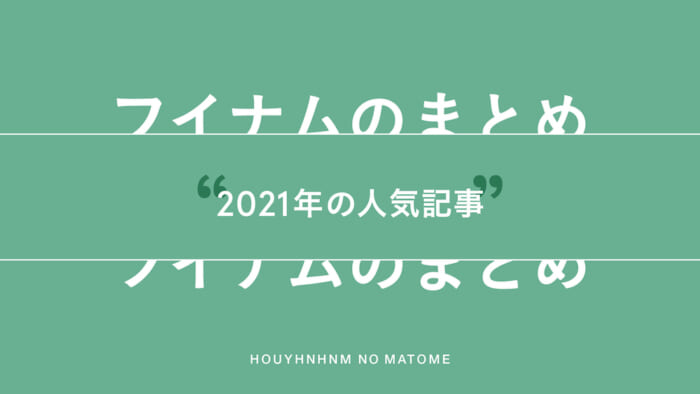
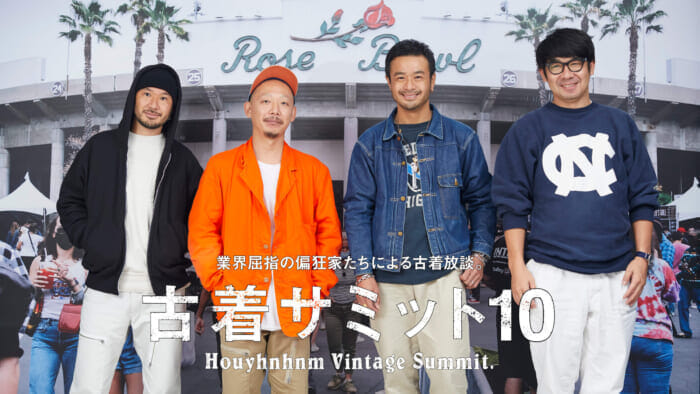
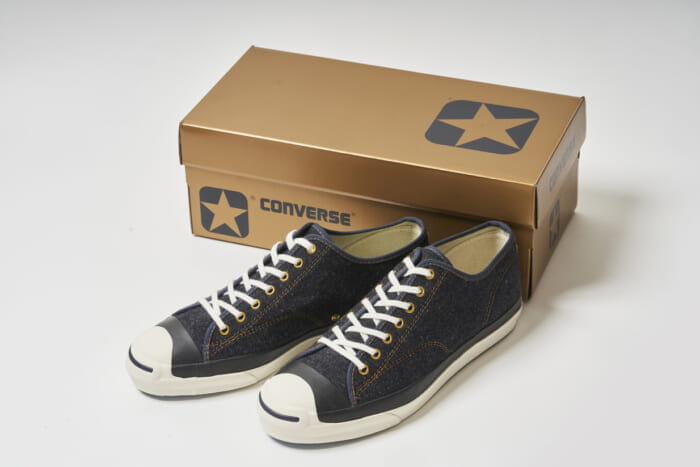
![HOUYHNHNM's YouTube] HOUYHNHNM's pre-orders sold out immediately! What's so great about Vintage Summit's special order Converse!](https://www.houyhnhnm.jp/wp-content/uploads/2021/04/HY_panel-700x394.jpg)

